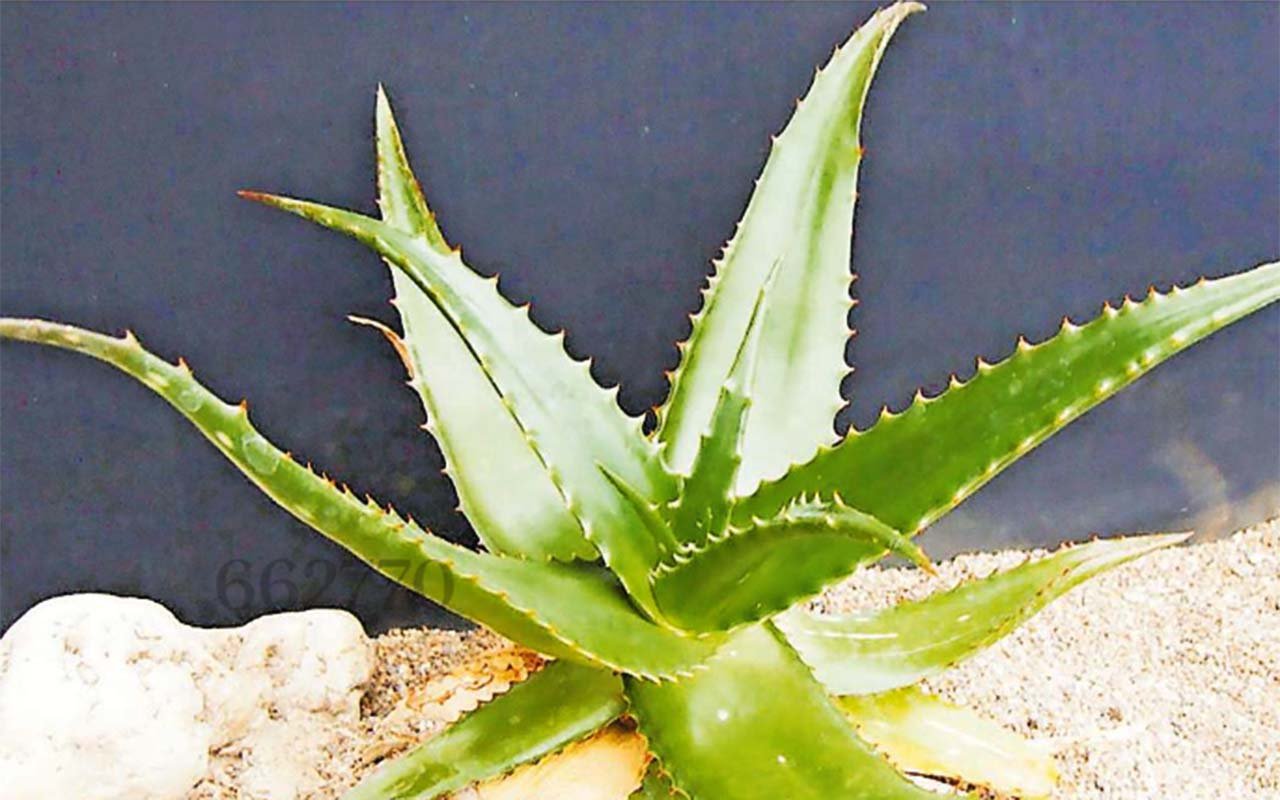Prime
Less bees, a cause for worry

A bee colony can produce surplus honey if it is strong enough and contains about six to eight combs.
Albert Einstein, a famous scientist, once said if the bee disappears from the surface of the earth, man would have no more than four years to live.
Recent reports indicate a sharp decline in the populations of honeybees posing potential risks to major world crops. The situation is worse in Europe and North America.
A major threat
While human population is increasing at a high rate presenting a high demand for food and water, the population of honeybees—the major pollinators ensuring the availability of food—is said to be declining steeply.
This poses a major threat to food security and a significant danger to human and animal survival.
“For about a decade, Europe and America have slowly but steadily been losing bees. Recently, it was realised there is a sharp fall in honeybee populations,’’ said Alice Kangave, the principal entomologist at ministry of agriculture.
She was speaking to Daily Monitor at an apiculture multi-stakeholder platform. It was organised by The Uganda National Apiculture Development Organisation (Tunado) ahead of the National Honey Week, which is scheduled for next month.
“Indeed, that part of the world is experiencing a critical decline in abundance, occurrence and diversity of bees. This is a critical issue even to Uganda and we are taking keen interest at the trends,” she added.
Honey bees are considered to be effective pollinators offering free pollination services to a wide range of crops; about 85 per cent of crops must be pollinated by bees for them to give fruit.
They are usually non-selective about the flower they visit to collect pollen and nectar, which they feed on hence becoming the major crop pollinators relied on by humans.
Detected
Ms Kangave said, “Declines have also been detected in Africa though not at an alarming rate. The last residue monitoring exercise confirmed there are Varroa mites in Uganda (one of the dangerous parasites that attack honey bees) but amazingly the honeybee populations in Uganda are still healthy.”
In addition to parasites and viruses prevalent in areas with high mortality, other possible causes include habitat loss, pesticides, pollution, invasive species, pathogens and climate change.
Pollinator-dependent species include many fruit, vegetable, seed, nut and oil crops, which supply major proportions of micro-nutrients, vitamins, and minerals in the human diet.
“Such declines could lead to lower crop yields, raising prices and reducing agricultural profits. But we should not be worried because our (Africa) bees are dying at natural rates and they seem more resistant to diseases and parasites,” noted Bosco Okello, the chief executive officer, ApiTrade Africa.
Still natural
“Beekeeping has not been as intrusive in Africa as it is in the West so understanding how bees, especially the African bee deals with pests, pathogens and other environmental factors could help,” advised Dr Robert Kajobe, the director, Rwebitaba Zonal Agricultural Research and Development Institute, Naro.
However, Dickson Biryomumaisho, Tunado’s executive director, warned beekeepers against use of pesticides, bush burning and adoption of intensive bee management methods, which do not necessarily apply to African honeybees.
“Our bees are still natural and they must remain in that state. In a country with plenty of food, why feed them on artificial material, that is micro-management,” he said. “Our bees swarm and that’s how they get rid of parasites and remain healthy.”
The challenge remains individuals and organisations that advise people to adopt methods, which require intensive management and exploitation of the pollinators.
State of bees
Experts say that in the past 10 years, Europe and North America have lost an average 30-40 per cent of their bee colonies in a phenomenon termed as colony collapse disorder (CCD).
This results from massive death of bees at once, especially where bees are exploited in large scale commercial operations and intensive management.
Information from the International Centre of Insect Physiology and Ecology (Icipe), the African honeybee (Apis mellifera) is more aggressive. Most of the strong colonies are wild and live in natural habitats. This makes the African bee more resistant to pests and diseases.




